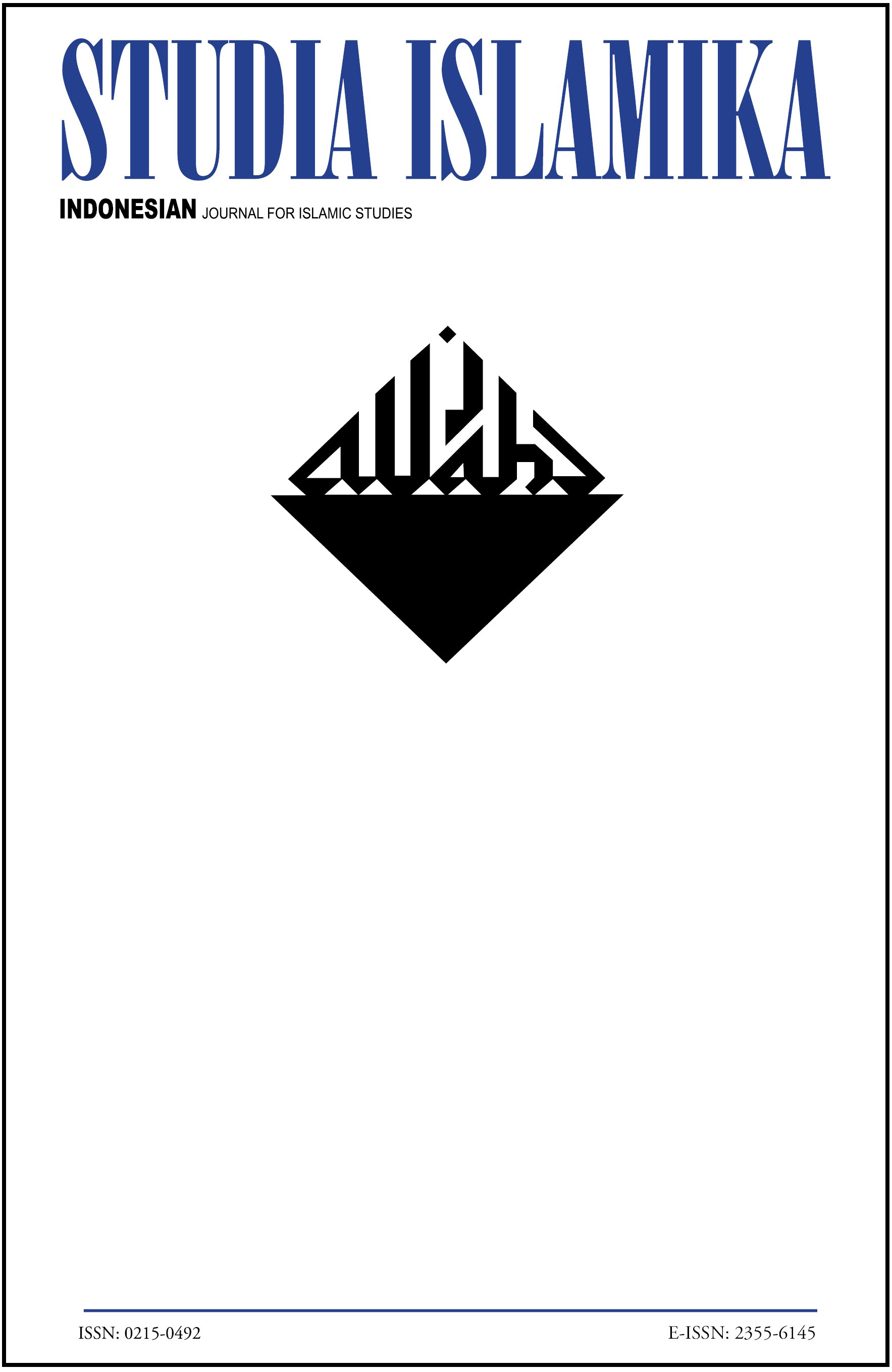Abstract
George Quinn, Bandit Saints of Java: How Java's eccentric saints are challenging fundamentalist Islam in modern Indonesia. Leicestershire: Monsoon Books Pte. Ltd.. 432 pp. Nowadays, religious fundamentalism is started to undermine the joints of diversity in Indonesia. For the extreme instance, adherents of this understanding even try to replace Pancasila as an ideology of Indonesia with Islamic state. The book is an oasis in the midst of the surge of fundamentalism. By contextualizing the stories of Islamization in Java through the bewildered journey of his pilgrimage to the tombs of the saints, he tried to present the trinkets of Islamic expression that developed in the stream of Indonesian history. This book also shows how the saints tried to “breakthrough” the solidity of Hindu-Buddhist civilization living as the mentality in Javanese people through unique Islamization tactics. The nuances of fusion between Islam and locality, as well as obedience to worship with magical power of syncretics meet in a historical continuity. In addition, the stories of the saints chosen by Quinn were able to show a model of Islamization that was friendly, fun, and flexible. This model, in turn, also gave birth to a genuine version of Islam in Indonesia.References
Chambert-Loir, Henri, and Claude Guillot. 2007. “Indonesia.” In Ziarah Dan Wali Di Dunia Islam, 2007: École française d’Extreme-Oriênt Forum Jakarta-Paris, 333–60.
Fathurahman, Oman. 2018. “Female Indonesian Sufis: Shattariya Murids in the 18th and 19th Centuries in Java.” Kyoto Bulletin of Islamic Area Studies 11: 40–67.
Fox, James J. 2003. “Interpreting the Significance of Tombs and Chronicles in Contemporary Java.” In The Potent Dead: Ancestors, Saints and Heroes in Contemporary Indonesia, eds. Henri Chambert-Loir and Anthony Reid. London: Allen & Unwin, 160–72.
Jamhari. 2000. “In the Center of Meaning: Ziarah Tradition in Java.” Studia Islamika: Indonesian Journal for Islamic Studies 7(1): 51–90.
Jonge, Huub de. 1998. “Pilgrimages and Local Islam on Java.” Studia Islamika 5(2): 1–25.
Laksana, Albertus Bagus. 2016. Muslim and Catholic Pilgrimage Practices: Explorations Through Java. New York: Routledge.
Quinn, George. 2008. “Throwing Money at the Holy Door: Commercial Aspects of Popular Pilgrimage in Java.” In Expressing Islam: Religious Life and Politics in Indonesia, eds. Greg Fealy and Sally White. Singapore: Institute of Southeast Asian Studies, 63–79.
———. 2009. “National Legitimacy through a Regional Prism: Local Pilgrimage and Javanese’s President.” In The Politics of the Periphery in Indonesia: Social and Geographical Perspectives, eds. John H. Walker, Glenn Banks, and Minako Sakai. Singapore: NUS Press, 173–99.
Ricklefs, Merle C. 2006. Mystic Synthesis in Java: A History of Islamization from the Fourteenth to the Early Nineteenth Centuries. Norwalk: EastBridge.
Sunyoto, Agus. 2012. Atlas Wali Songo: Buku Pertama Yang Mengungkap Wali Songo Sebagai Fakta Sejarah. Jakarta: Pustaka Iiman.
Authors who publish with this journal agree to the following terms:
- Authors retain copyright and grant the journal right of first publication with the work simultaneously licensed under a Creative Commons Attribution License that allows others to share the work with an acknowledgement of the work's authorship and initial publication in this journal.
- Authors are able to enter into separate, additional contractual arrangements for the non-exclusive distribution of the journal's published version of the work (e.g., post it to an institutional repository or publish it in a book), with an acknowledgement of its initial publication in this journal.
- Authors are permitted and encouraged to post their work online (e.g., in institutional repositories or on their website) prior to and during the submission process, as it can lead to productive exchanges, as well as earlier and greater citation of published work.

